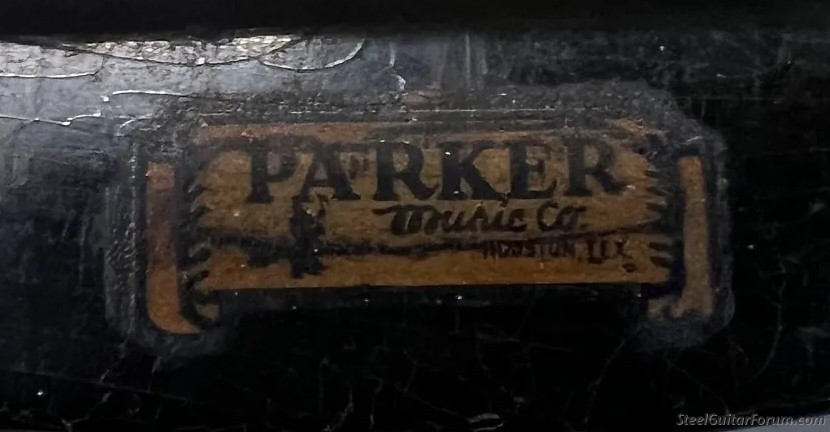
(Seen on the butt end of the top of a 1946/47 Gibson BR-6, directly below the bridge.)
|
The Steel Guitar Forum Store
Visit Our Catalog for Strings, Instruction, Music and Accessories |
Send a Donation
Steel Guitar Links |
Moderator: Dave Mudgett

Jack, what makes you say that?Jack Hanson wrote:Is anyone familiar with Parker Music in Houston. It would appear that they may have operated a steel guitar school in the early postwar period.
Mere supposition, Donny. These days, jumping to conclusions seems to be one of my main forms of excercise.Donny Hinson wrote: Jack, what makes you say that?
